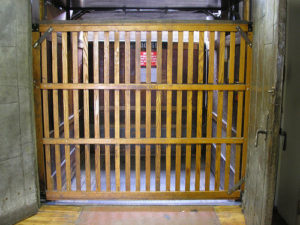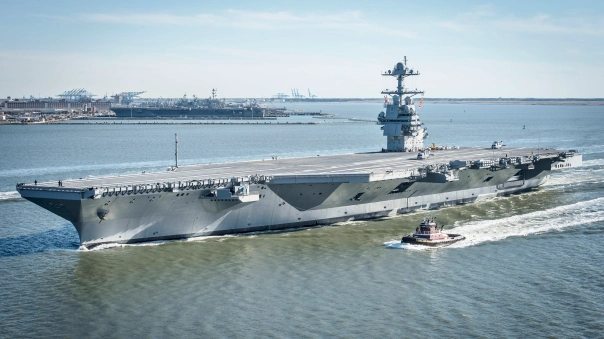Elevator Jacks
October 12, 2017Modular Early Planning Makes for Easier Planning
November 16, 2017A Freight Vs. Passenger Elevator

The differences between a freight and passenger elevator are as simple as the definitions of each that you can find in the American Society of Mechanical Engineers (ASME) – Code for Elevators and Escalators. Unfortunately, just like most code books, the definition doesn’t really reveal much. For instance the freight elevator is defined as, and I quote:
“An elevator used primarily for carrying freight” (no kidding) “and on which only the operator and the persons necessary for unloading and loading the freight are permitted to ride.”
The code does go on to indicate there are three different classes of freight elevator– general, motor vehicle, and truck loading–but beyond that there is little that legally distinguishes freight from passenger. This is confirmed by the definition of a passenger elevator. It is defined in the same publication as:
“An elevator used primarily to carry persons” (again, no kidding) “other than the operator and persons necessary for loading and unloading.”
Well that was the shortest blog post ever right? Now we all know the differences.
It’s, sadly, not entirely that easy, because beyond the code and just hanging a sign that says it is a freight elevator, there are accepted features of a freight that make it very different, when talking to a person in the elevator industry.

Photo courtesy Fred Small – https://www.elevatorbobs-elevator-pics.com
The first thing you notice about freight elevators is that the doors usually open from the middle with the opening being horizontal not vertical. This is not a requirement by any law and some vertical parting doors are in operation for freight elevators (usually hinged). Some are even on the market today, but usually one of the factors that separate passenger and freight is the way the doors work: up and down (instead of left and right). The reason they are designed this way is because the opening for entry to the car is to cover the entire width of the car itself to get things in and out easier. However that is only part of the reason. Doors opening up and down also saves space. If the doors moved to the left and right, instead of up and down, the hoistway would have to be extremely wide to accommodate doors big enough for the actual freight being carried. So, the hatch doors opening up and down is to save space in the hoistway and, as a result, it saves space in the interior of the building, as well.
Another feature is that quite often the doors are manually operated, especially for older models, with a gate closing the exit or exits of the elevator car. As a safety feature, the elevator will not run until the gate and doors are fully closed, even if they are manually operated. Wooden gates were popular at one time and many are still in use, however, there are currently stronger, heavy duty metal gates that are more often installed.
Not to confuse matters, but it’s important to keep in mind that freight elevators can also have rather standard looking doors too, with them all operating like a regular passenger elevator, just heavier duty.Also, doors don’t have to be muscled open and closed when using automatic, instead of manual doors. They can be operated with the touch of a button, if desired. To make the gate easy to use, they are often counter-weighted and they can be manually raised and lowered or can be controlled with pressing a button, as well.
Another feature that you would notice right away is that the freight elevator does not, in most cases, have a dark, but warm, hand rubbed walnut finish with gold inlays and mirrors in the interior of the car. The cars are built to be utilitarian with 14 gauge or better steel wall panels and a heavy reinforced gate. The floor is also made for heavy, and I mean heavy, traffic. It is usually a no skid steel floor on a steel car platform. Sometimes the heavy steel floor is covered in a rubber, non-slip surface. All of these features are to make the elevator as durable, and safe, as possible.
In the freight elevator car, unlike passenger elevators, the rails you find are strategically placed to take the brunt of the damage from carts or loads being moved by hand trucks or fork lifts. This saves the car a lot of damage. Also, the rails are designed to be easily changed when damage does occur.
Just as the definition according to the ASME code book is ambiguous, at best, so is what can be called a freight elevator. Almost any type of elevator can qualify as a freight elevator because the uses can be so varied depending on the need. But when it comes to describing the standard freight elevator, look for the doors and the width of the opening first, as it is usually a dead give away whether or not it’s freight.



